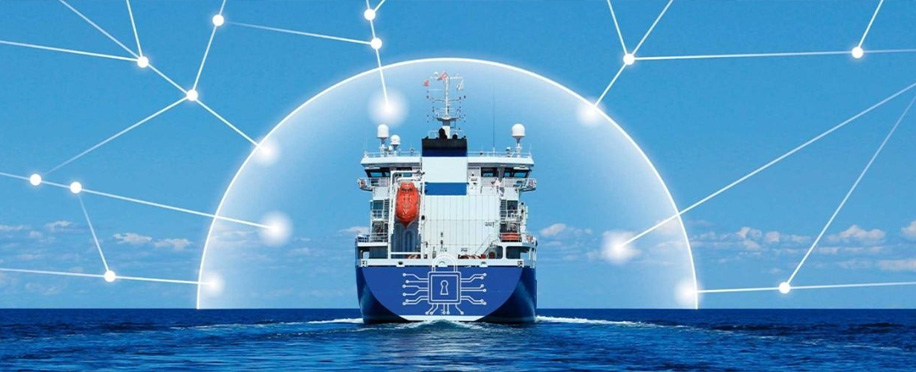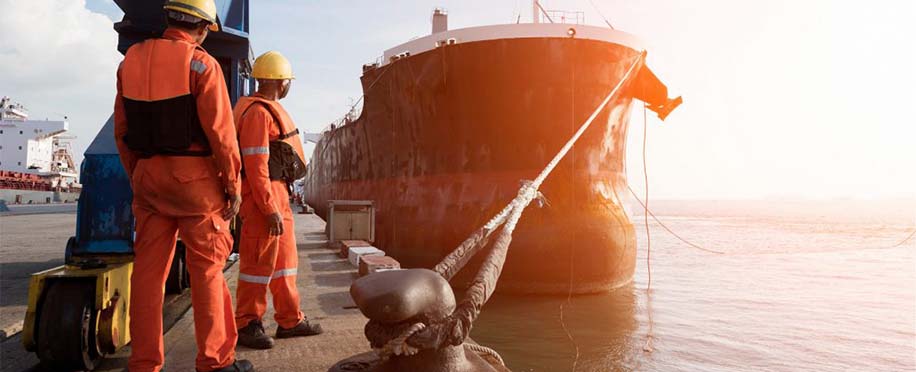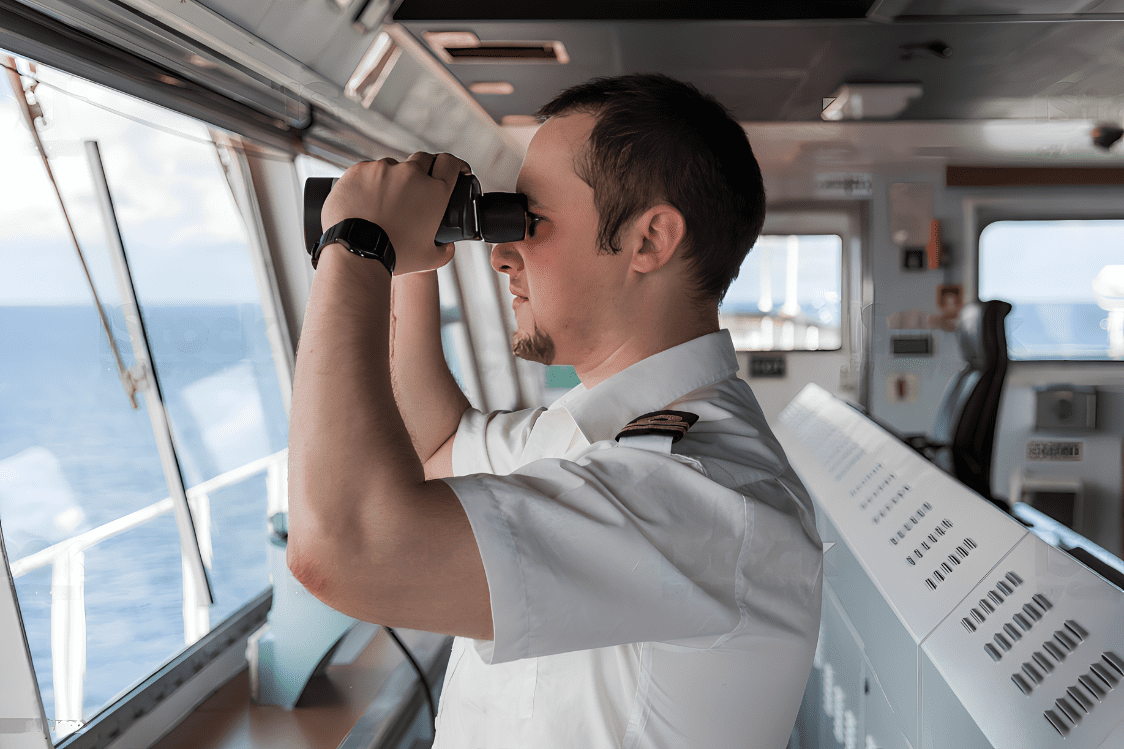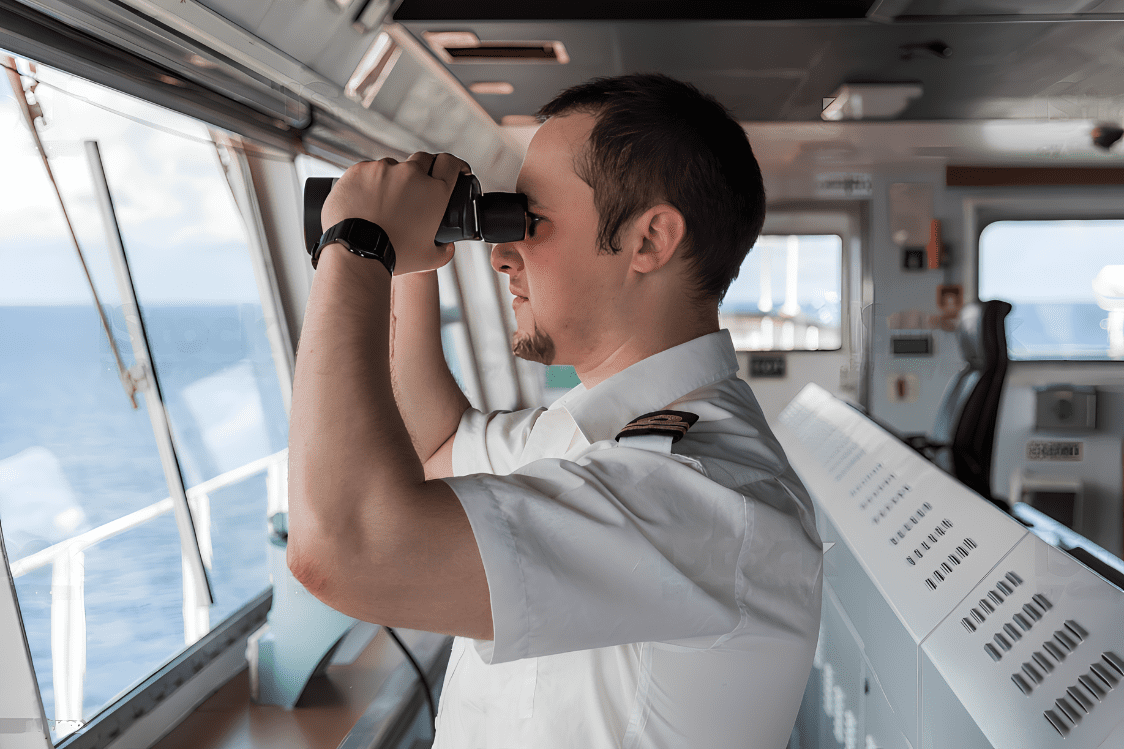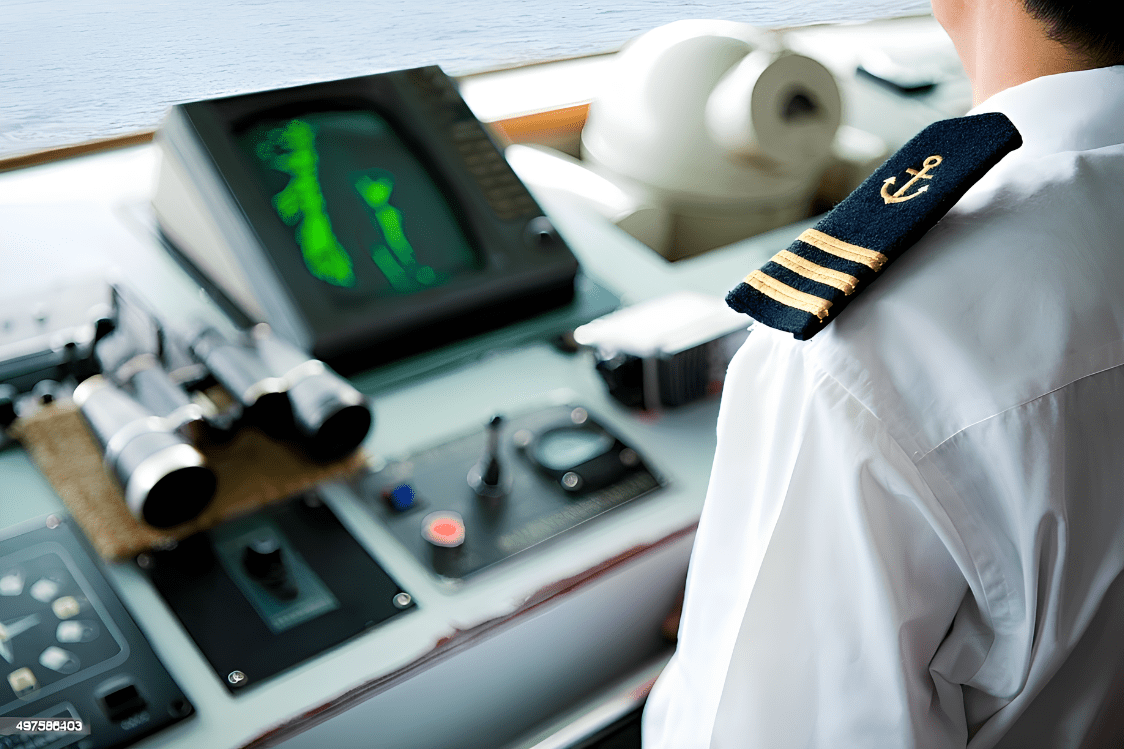Advancing Maritime Surveillance for Enhanced Security and Environmental Protection
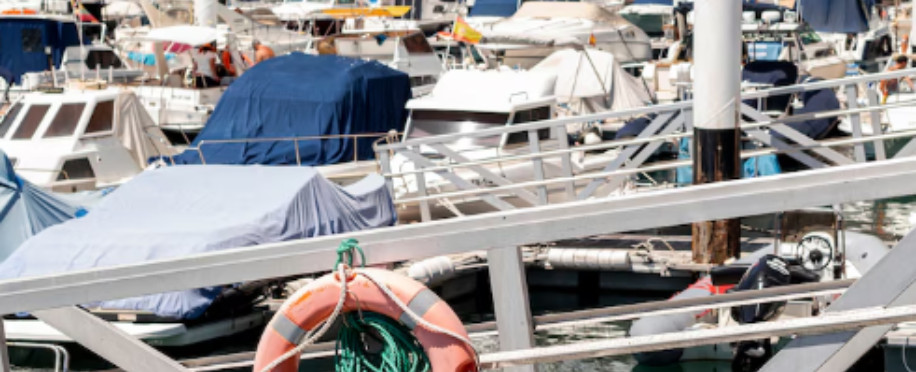
Posted on Mar 23, 2024 at 08:03 PM
Maritime surveillance and security are basic players in the maritime domain, as they are designed systems to achieve the vessel mission on the sea without any problem or failure.
Moreover, maritime surveillance systems provide accurate and reliable data and information for the working crew to help them make effective decisions.
Today, we are going to share with you all about maritime surveillance with details about the objectives of maritime surveillance, why it is so important for maritime security and more!
What Is Maritime Surveillance?
Maritime surveillance term refers to the monitoring, observation, and gathering of technical information related to activities and events that occur on or around all bodies of water including oceans, seas, lakes, and rivers.
Moreover, maritime surveillance identification clarifies the employment of several emerging technologies, platforms, and systems to detect, track, and analyse any maritime traffic on the water or aerospace.
All these maritime surveillance efforts and systems aim to guarantee The maritime cybersecurity, performance safety, environmental protection, law enforcement, and border control, of the ships, vessels, submarines, aircraft, and other objects of interest. By using a variety of methods and technologies, including radar systems, sonar systems, automatic identification systems (AIS), naval helicopters, satellite imagery, unmanned aerial vehicles (UAV or drone), manned aircraft, and surface vessels equipped with sensors and surveillance equipment.
A small note before continuing, maritime surveillance is in one way or another a part of the global Copernicus project. That is a European Union (EU) program for Earth observation and environmental monitoring and tracking, that shares free access to integrated data platforms and services required to achieve environmental protection, climate change mitigation, and disaster management worldwide.
What Are the Main 4 Goals of Maritime Surveillance?
To guarantee the best operation level and gain great benefits from maritime surveillance you need to implement these designed systems and detection radars on the coastal and ground levels.
-
Vessel Traffic Services (VTS):
The advanced VTS solutions enable you to monitor and manage vessel movements in specific maritime areas, even the remote areas from on the ship or from the coast.
This concept or solution can enhance safety, efficiency, and environmental protection through real-time monitoring and insights gathered through reconnaissance systems. That usually work through a combination of radar, AIS, aircraft and communication systems to provide valued information, growth capability, and navigation support.
-
Clean Offshore Energy:
The maritime surveillance technology aims to ensure that the marine market follows the safety, security, and environmental regulations in all offshore energy activities. Such as oil and gas exploration and renewable energy installations.
Moreover, Marine surveillance combined with ship forecasts helps mitigate risks associated with offshore operations and protects critical infrastructure.
-
Maritime Security:
There are many security threats in maritime domains, including piracy, terrorism, and illegal activities.
And the maritime surveillance systems, including radar, satellites, and patrol vessels, all work together to detect and prevent offshore and onshore security threats and uncertainty to maritime assets and infrastructure based on the international maritime regulations and rules.
-
Data Fusion and Analysis:
Data collecting and analysis are more than experimental steps in maritime surveillance, rather than a necessary step to establish a comprehensive overview of what is going on and expect future analytics.
However, this estimated collecting or integrating of data must rely on various sources, such as carried sensors, satellites, and intelligence databases, to enable decision-makers to identify anomalies and potential risks and make informed decisions.

Why Is Maritime Surveillance Important?
All the professional Maritime Security training courses focus on the importance of maritime surveillance due to its key role as a reference on the coastal and marine market:
-
Situational Awareness and Management:
Maritime surveillance enhances situational awareness by providing powerful information on vessel movements, environmental conditions, and potential threats in coastal areas and on sea.
Moreover, this enables stakeholders and crews to ensure the highest level of safety and security by Charting Safer Waters and understanding the operating environment, identifying risks, and making informed decisions.
-
Decision Management:
With a wide range of surveillance data and situational understanding of the sea, the maritime decision-makers mission is to manage maritime operations, plan actions, and allocate resources will be more effective.
In other words, decision management based on surveillance information enables proactive measures, mitigates risks, and enhances security.
-
Risk Assessment:
Effective maritime risk assessment helps identify potential threats, vulnerabilities, and dangers in maritime environments.
Thus, it enables stakeholders to evaluate and mitigate coastal and marine risks that could impact a wide range of maritime market processes.
Eventually,
Maritime surveillance is not data collecting and processing only, but rather a complete process that guides and impacts many other details in the maritime market.
However, to run an effective maritime surveillance process you need to train your team on the latest systems and aircraft data detection, that will help you boost the security of your coastal and on-sea operations.
